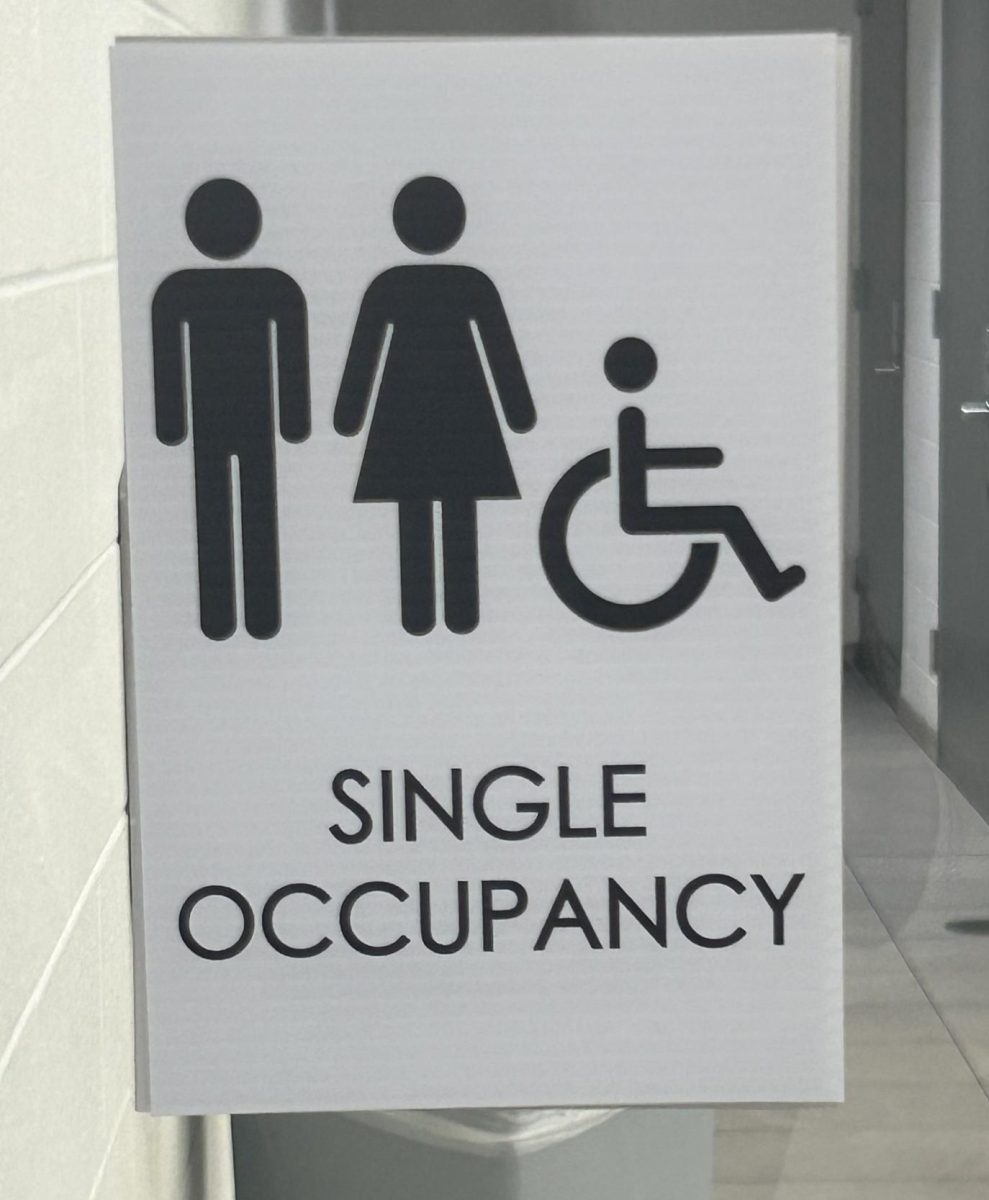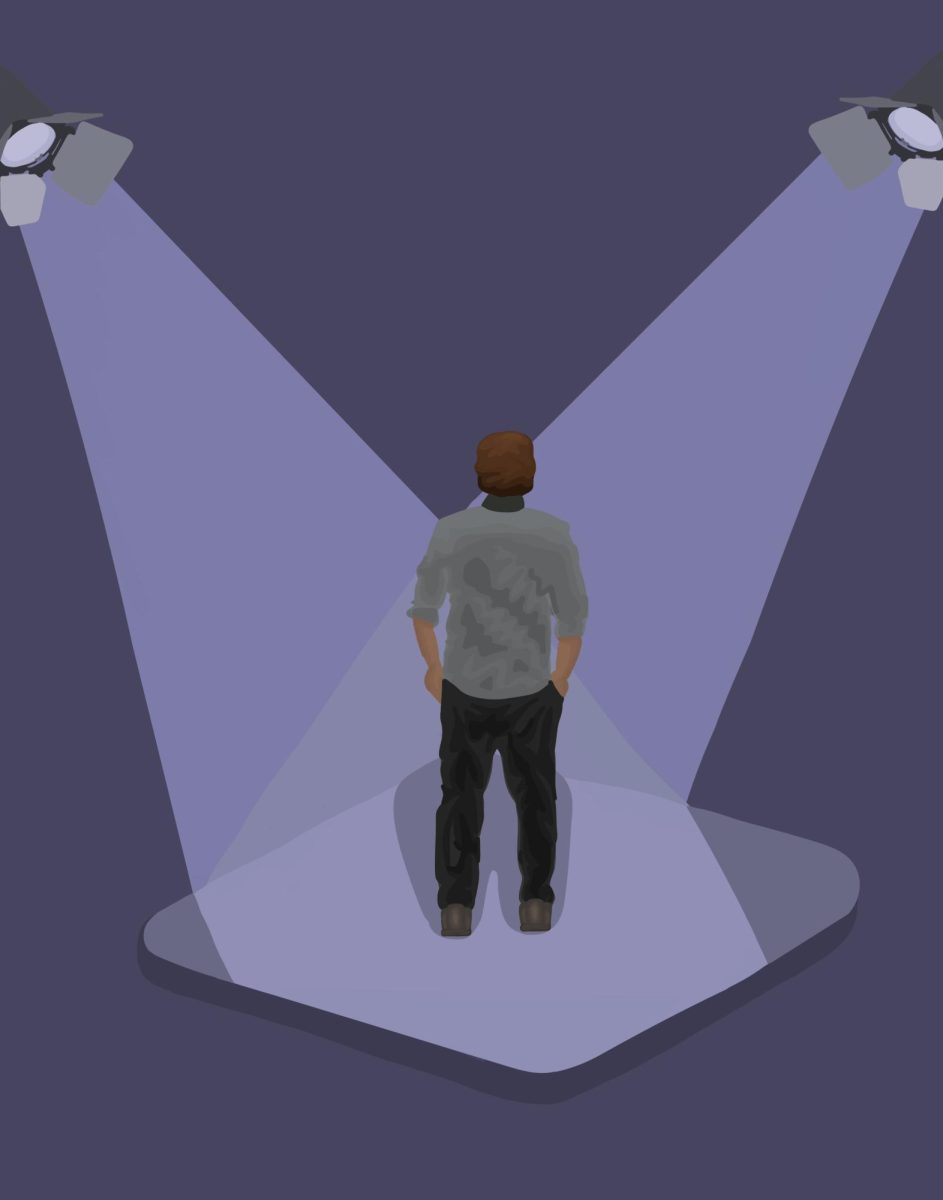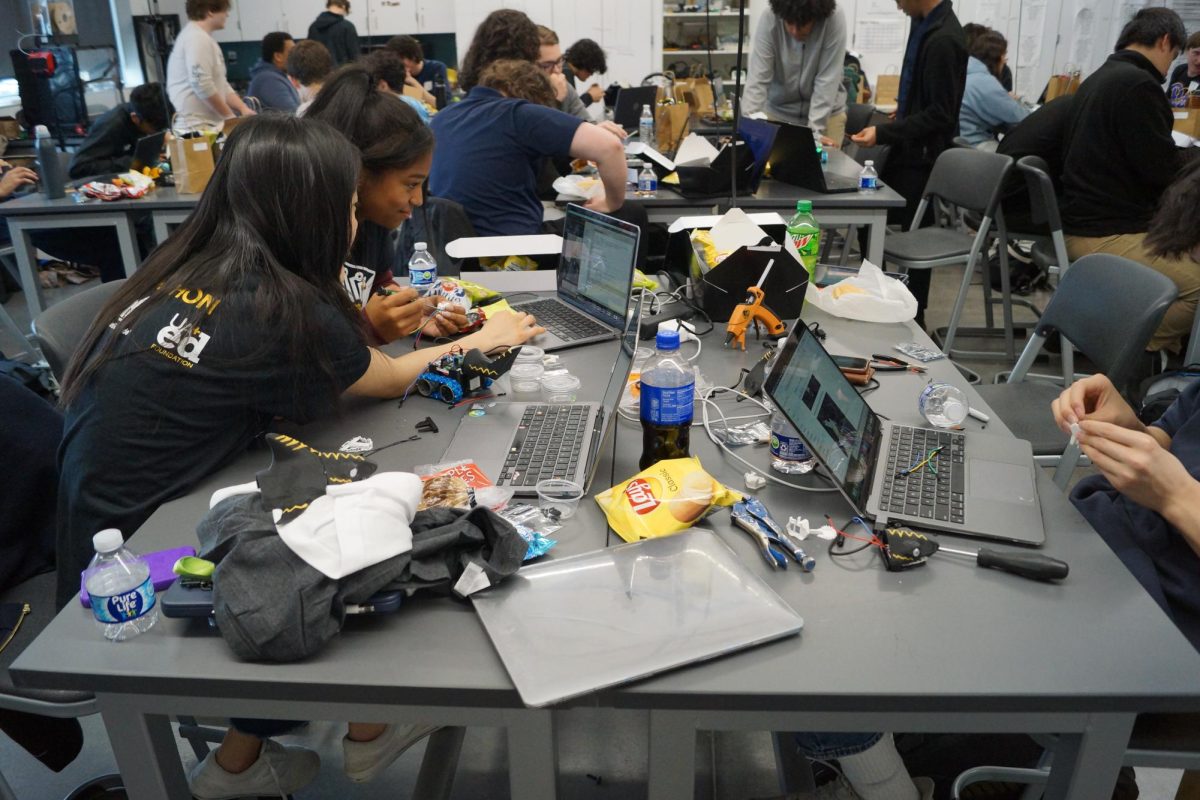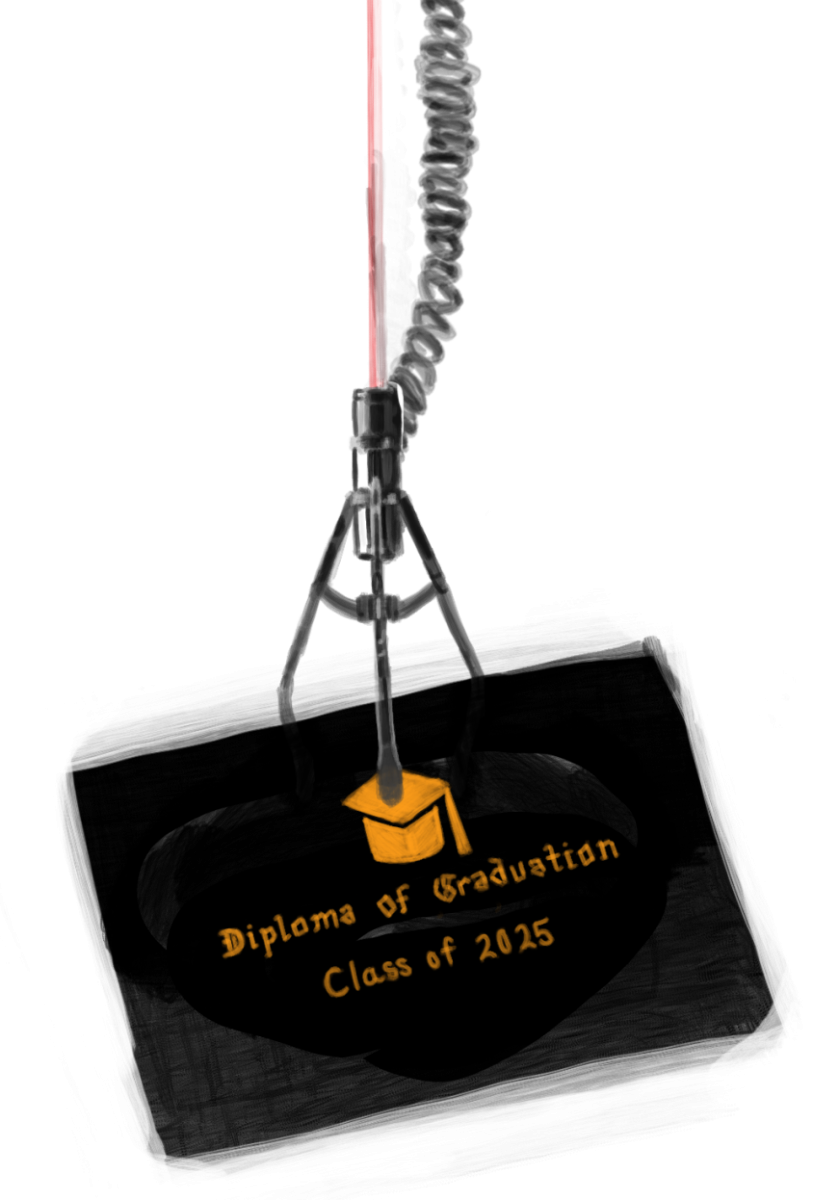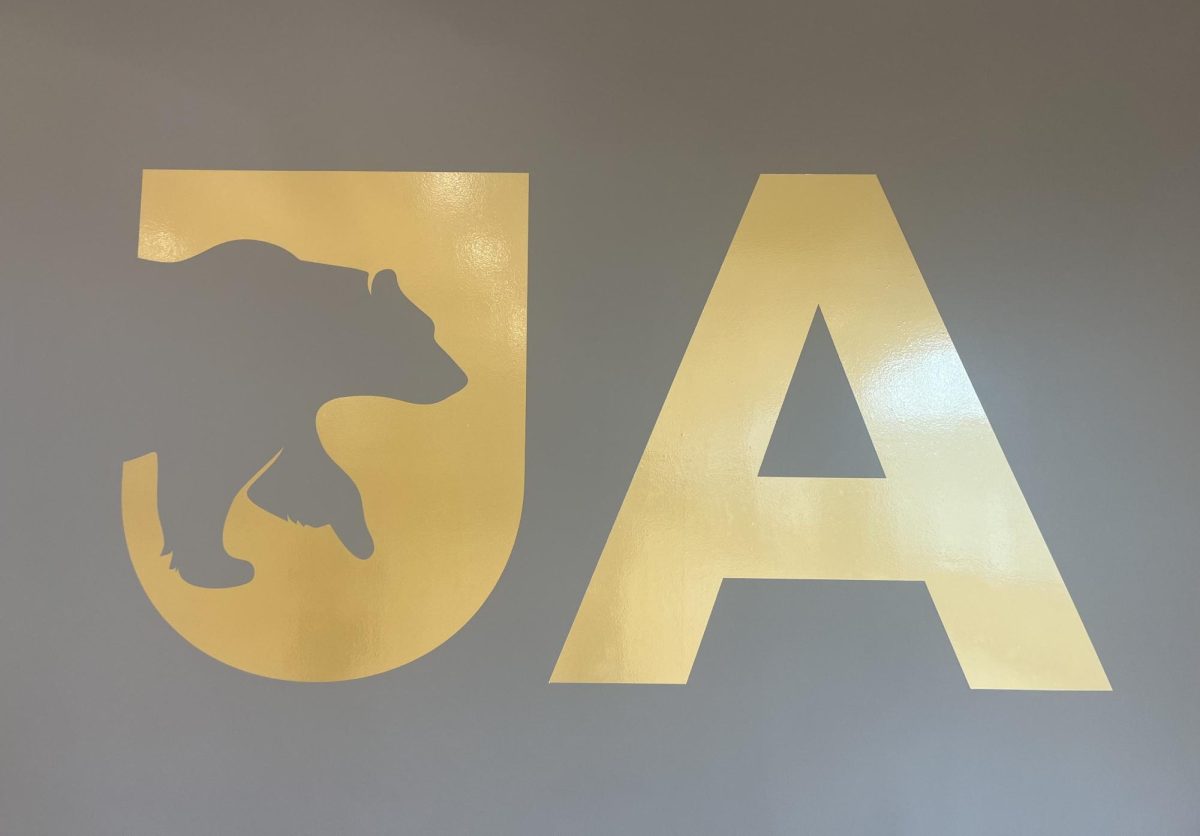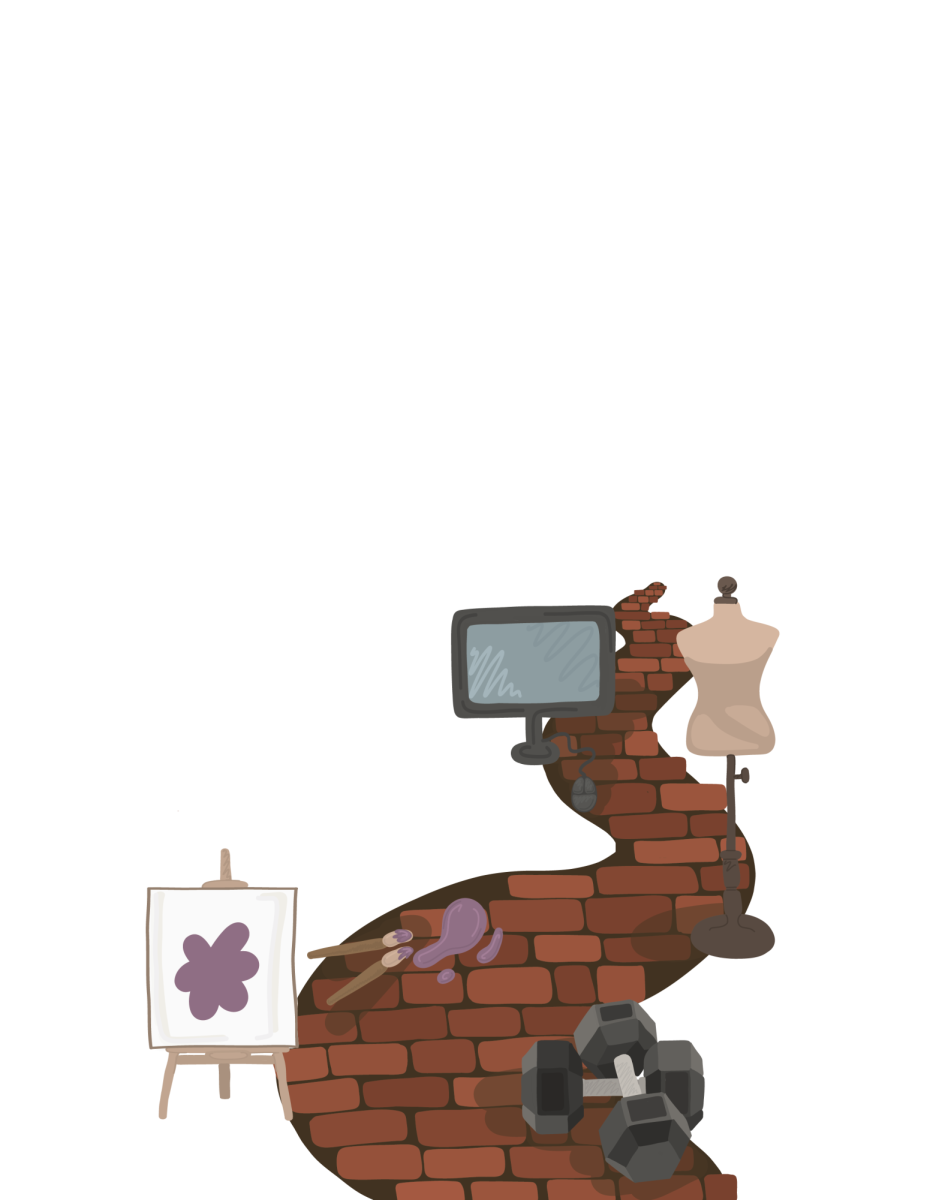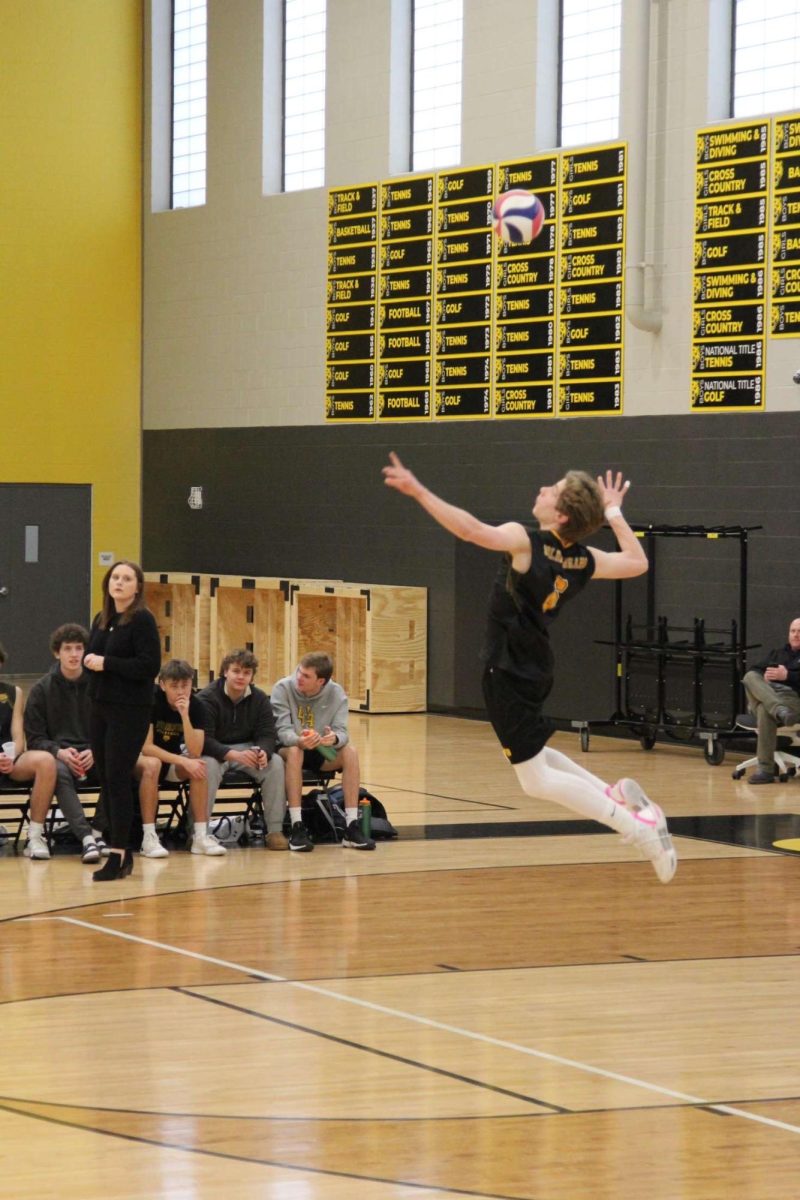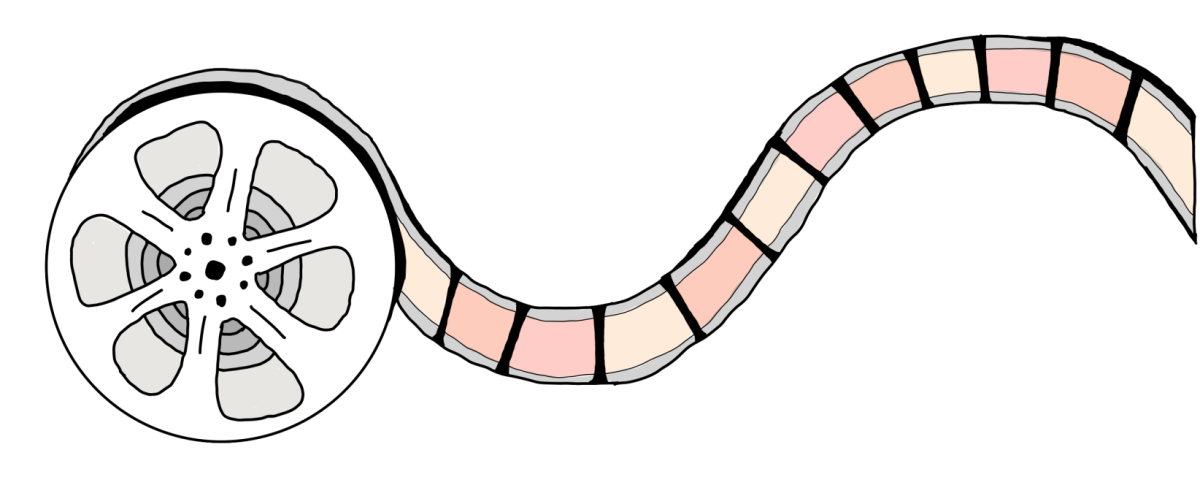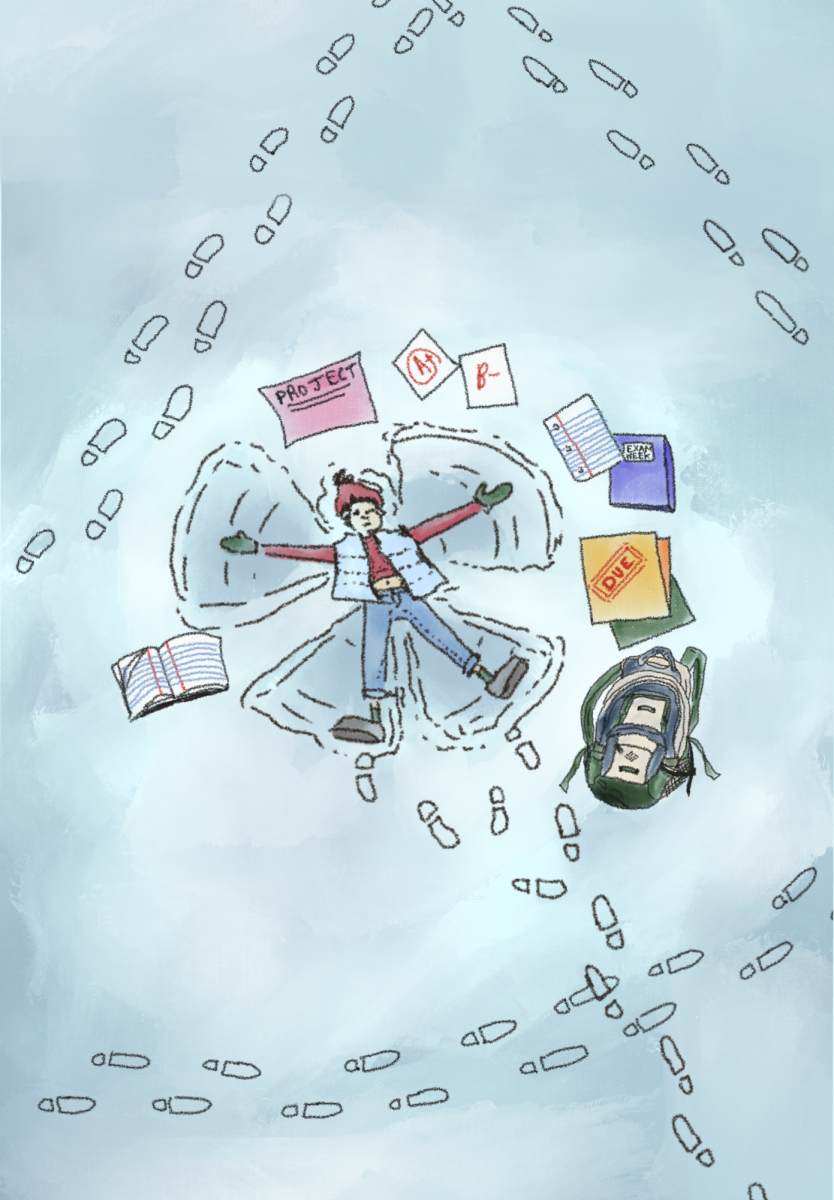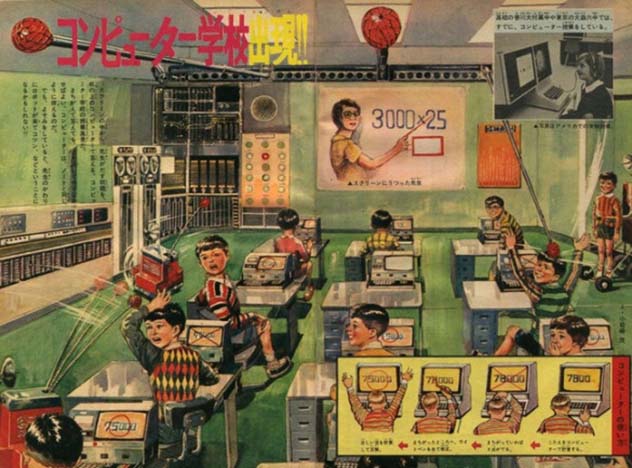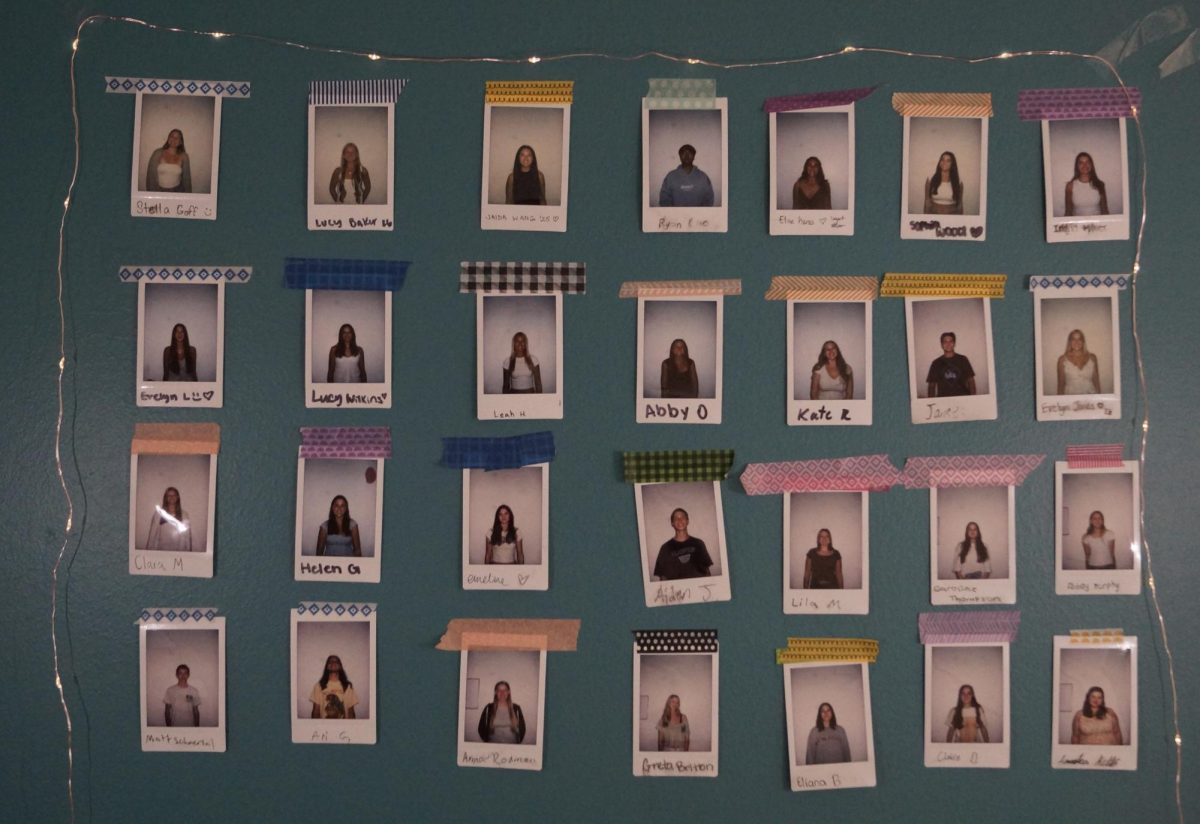Decades ago, people predicted that society would have advanced to flying cars, suspended cities, jetpacks and even civilian space travel by the 2020s. While many of these conjectures were far-fetched and civilization hasn’t reached this expected level of innovation, some of these predictions were accurate. Cartoons from years ago were able to accurately predict that we would have FaceTime, pocket computers (phones) and electric cars.
Similar to those years ago, our society has also built up expectations for future generations. As a kid, I remember thinking that by 2050 we would have flying cars, robots that would take over jobs and maybe even a real hoverboard.
Although many ideas of how the future will look differ drastically from one another, when comparing my predictions to journalists’ from long ago, some expectations overlap. Most of these ideas include predictions about robots becoming a part of day-to-day life. Many of us have heard the common fear that robots will take over jobs, leading to their world domination. While this idea is improbable, as people start regularly using Artificial Intelligence in their daily lives, it will continue to become a necessity in our society.
As a student, I have witnessed many of my peers use forms of AI for a vast array of purposes. Some use the Quizlet AI tool to study, Snapchat AI to ask random questions and many have even been accused of using the infamous ChatGPT generator for cheating in school. Whether it’s Photomath, Google’s new AI features known as Gemini or ChatGPT, many of my teachers have seemed to be against the idea of machine learning in school. However, I think that as long as students are using it as a tool in their toolbox rather than letting it do all the work for them, it should be used in learning.
As the world adapts to the diffusion of technology, schools need to adapt accordingly. The purpose of school is to prepare students for the future in their career paths and everyday living. As AI is put into place in workplace situations, students should be taught how to use it to their best advantage.
Many of my teachers have already used AI to help them complete tasks more efficiently. After taking multiple-choice tests, most teachers use GradeCam to scan tests and grade them in a matter of seconds. My English teachers often use Turnitin to scan essays for the use of AI and computer-generated writing. On top of this, people all across the district, teachers and students alike, use Grammarly to check the grammar of emails and essays.
AI gives students the potential to learn through spell check, grammar correction and explanation. If students were allowed to use Photomath, they could utilize its response time, accuracy and detailed explanation to work on their math homework or study when their teachers aren’t around. What’s the benefit of living in a time period where such advanced technology is emerging if we can’t learn how to use it to our advantage?
Existing in a time where we have access to the internet and millions of resources available in seconds is a gift. People should be using this asset to grow their knowledge and understanding of ideas. Using the internet and AI to have broader access to research should lead to growth in studies.
If teachers included AI in their curriculum or encouraged the use of it, students’ assignments could be completed with a greater understanding because many students view AI as a teaching tool. When we are working outside the classroom and need an explanation on a question, rather than waiting until the next time we see a teacher, we can ask our cell phones questions.
In the end, schools need to prepare kids for the future. The future of our society is artificial intelligence. Whether it’s robots working dangerous or difficult jobs or computers generating ideas for marketing, technology is paving the way for our next generation. Why not let students have access to a new way of learning when it’s so easy to acquire? Schools need to expose students to tools they will have to utilize later in life in order to develop skills to succeed in an electronically dependent world.


